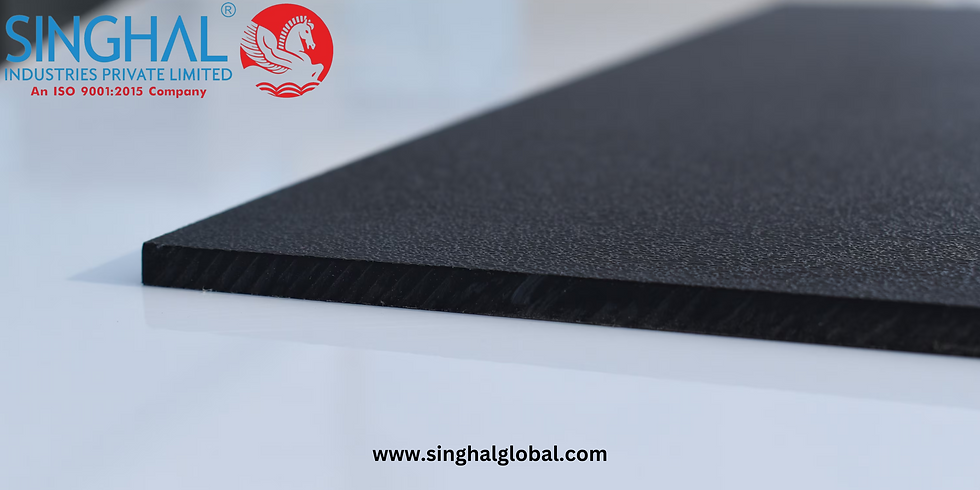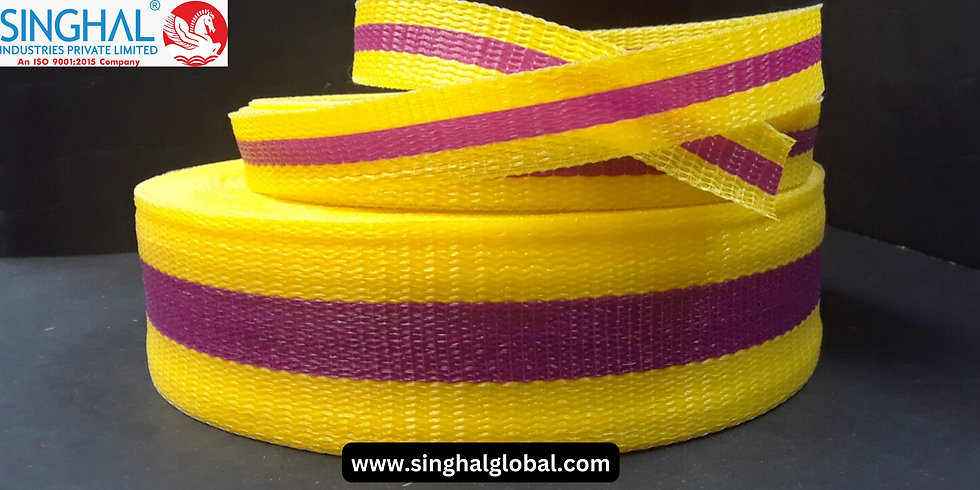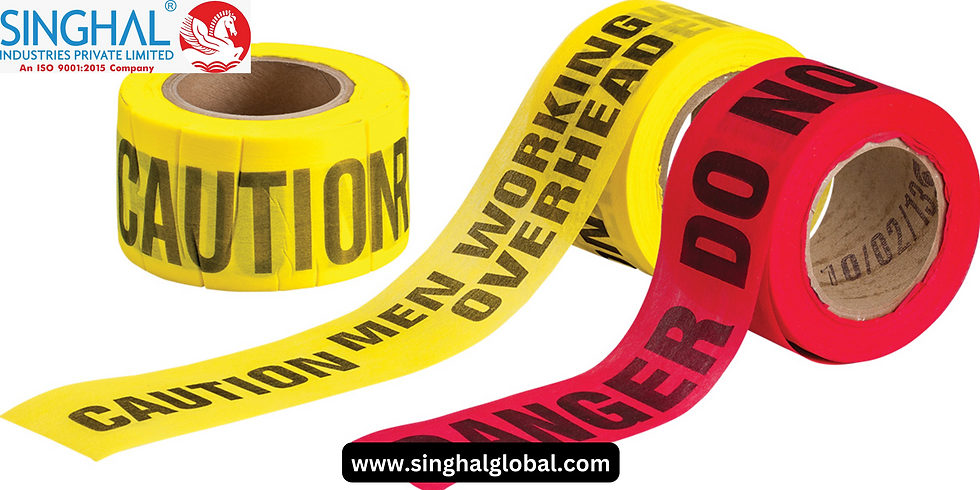Choosing the Right Biohazard Bag for Your Facility
- Digital Mkt
- Jul 15, 2024
- 4 min read
Biohazard bags are crucial for maintaining safety and hygiene in facilities that handle hazardous biological materials. These bags are specifically designed to safely contain biohazardous waste, such as medical and clinical waste, to prevent contamination and the spread of infectious agents. Choosing the right biohazard bag for your facility is essential for ensuring proper waste management and compliance with health and safety regulations.

Understanding Biohazard Bags
Biohazard bags are typically made from high-density polyethylene (HDPE) or polypropylene, materials known for their strength and durability. These bags are marked with the universal biohazard symbol and are usually red, yellow, or orange to signify the presence of hazardous waste.
Types of Biohazard Bags
Autoclavable Biohazard Bags: These bags can withstand high temperatures and are used in facilities that sterilize waste through autoclaving before disposal.
95kpa Biohazard Bags: These bags meet the 95kPa pressure test requirement, ensuring they can withstand pressures without leaking. They are essential for the transportation of diagnostic and infectious substances and are often used by 95kpa biohazard bag suppliers.
Large Biohazard Bags: These are used in facilities that generate significant amounts of hazardous waste. They are often sourced from Large Biohazard Bags Exporter who provide them in bulk.
Choosing the Right Biohazard Bag
When selecting a biohazard bag, several factors should be considered to ensure you choose the right one for your facility's needs.
1. Material and Strength
The material and strength of the biohazard bag are crucial. HDPE and polypropylene are the most common materials used. These materials provide
the necessary durability and puncture resistance to safely contain biohazardous waste. Ensure the bag's thickness is adequate for the type of waste it will contain, as sharper objects may require thicker, more puncture-resistant bags.
2. Size and Capacity
Consider the volume of biohazardous waste your facility generates when choosing the size and capacity of the bags. Large biohazard bags are ideal for facilities that produce significant amounts of waste, ensuring that fewer bags are used, and storage space is optimized. However, smaller facilities may find medium or small-sized bags more manageable and cost-effective.
3. Closure Mechanism
A secure closure mechanism is essential for biohazard bags to prevent leaks and spills. Look for bags with strong, reliable ties or seals that can be easily and securely closed. Some bags come with built-in ties, while others may require separate closures.
4. Regulatory Compliance
Ensure the biohazard bags comply with local, state, and federal regulations regarding the handling and disposal of biohazardous waste. This includes meeting standards for materials, labeling, and color-coding. For instance, 95kpa Biohazard Bag Supplier are required for certain types of waste transportation to meet specific pressure resistance standards.
5. Supplier Reliability
Choosing a reliable supplier is crucial for maintaining a consistent supply of high-quality biohazard bags. Look for reputable biohazard bags manufacturers in India, such as Singhal Industries, known for their quality products and compliance with regulatory standards. Reliable suppliers ensure you receive durable, properly labeled, and regulation-compliant bags.
Benefits of Using High-Quality Biohazard Bags
Safety and Containment: High-quality biohazard bags provide reliable containment of hazardous waste, reducing the risk of exposure and contamination. They are designed to withstand punctures, tears, and leaks, ensuring the safety of personnel and the environment.
Regulatory Compliance: Using bags that meet regulatory standards ensures compliance with health and safety regulations, avoiding potential fines and legal issues. This is particularly important for facilities that handle large volumes of biohazardous waste.
Ease of Use: Quality biohazard bags are designed for ease of use, with features like easy-to-use closures and clear labeling. This simplifies the waste disposal process for staff, ensuring proper handling and disposal.
Cost-Effectiveness: While high-quality biohazard bags may have a higher upfront cost, they often prove more cost-effective in the long run by reducing the risk of leaks, spills, and contamination. This can save money on cleaning, decontamination, and regulatory fines.
Frequently Asked Questions (FAQs)
1. What are biohazard bags used for?
Biohazard bags are used to contain and dispose of hazardous biological waste, such as medical waste, laboratory waste, and other potentially infectious materials. They help prevent contamination and the spread of infectious agents.
2. What is the significance of the 95kpa biohazard bag?
The 95kpa biohazard bag is designed to withstand a pressure of 95 kilopascals, ensuring it can safely contain diagnostic and infectious substances during transportation. This prevents leaks and spills, maintaining the integrity of the waste.
3. How should biohazard bags be disposed of?
Biohazard bags should be disposed of according to local, state, and federal regulations. This often involves autoclaving the waste to sterilize it before disposal or using approved medical waste disposal services to handle and dispose of the waste safely.
4. Can biohazard bags be recycled?
No, biohazard bags should not be recycled due to the risk of contamination. They are designed for single use and should be disposed of according to regulatory guidelines to ensure safety and prevent the spread of infectious materials.
5. Where can I purchase high-quality biohazard bags?
High-quality biohazard bags can be purchased from reputable suppliers and manufacturers, such as Singhal Industries. They offer a range of biohazard bags, including large biohazard bags and 95kpa biohazard bags, to meet various facility needs.
6. What color are biohazard bags?
Biohazard bags are typically red, yellow, or orange and are marked with the universal biohazard symbol. These colors and markings indicate the presence of hazardous biological waste and ensure proper handling and disposal.
7. Why is it important to use the right biohazard bag?
Using the right biohazard bag is essential for ensuring the safe containment and disposal of hazardous biological waste. It helps prevent contamination, protect personnel, comply with regulations, and maintain a safe and hygienic environment.
8. Are there different types of biohazard bags for different waste types?
Yes, there are different types of biohazard bags for various waste types, including autoclavable bags for waste that needs to be sterilized and 95kpa bags for transporting diagnostic and infectious substances. Choosing the right type ensures proper handling and disposal.
Conclusion
Choosing the right biohazard bag for your facility is essential for maintaining safety, hygiene, and regulatory compliance. By considering factors such as material and strength, size and capacity, closure mechanisms, regulatory compliance, and supplier reliability, you can ensure that your facility is well-equipped to handle hazardous biological waste. High-quality biohazard bags, such as those provided by reputable Biohazard Bags Manufacturer in india like Singhal Industries, offer reliable containment, ease of use, and cost-effectiveness, ultimately contributing to a safer and more efficient waste management system.



Comments